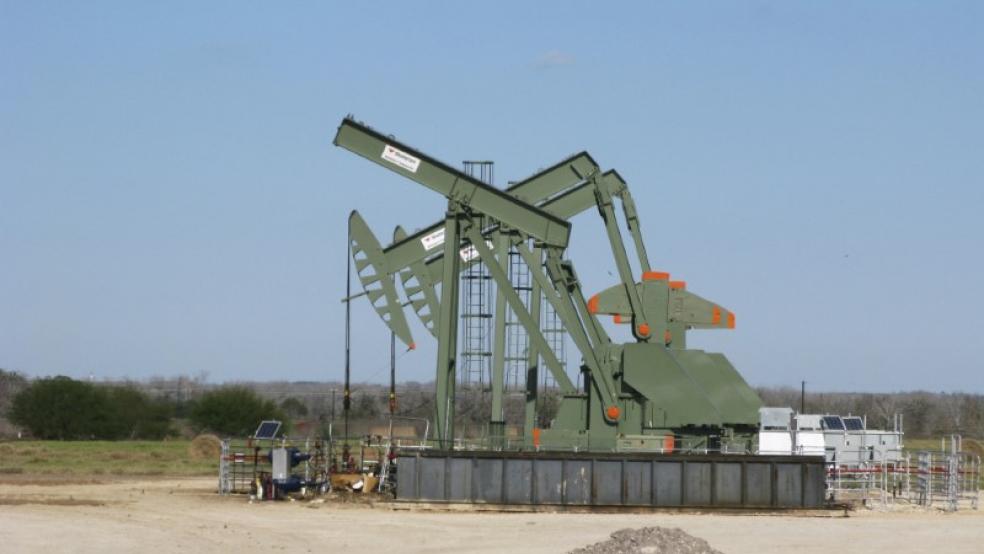As oil pauses for breath, so can we. After a hectic week, prices are ticking slightly higher into the weekend after a positive U.S. employment report. Although more shenanigans await next week, hark, here are five things to consider in oil markets today.
1) As the dust settles on the OPEC meeting, we don't have long to wait before the next whirlwind arrives to stir things up. The Doha meeting of OPEC and NOPEC members is a week today, where OPEC will express to key NOPEC members (Russia, Oman, Kazakhstan, Azerbaijan, Mexico and others?) that their production cut of 1.2 million barrels per day hinges on NOPEC cutting by 600,000 bpd.
Related: Oil Prices Jump as OPEC Proves It Still Packs a Punch
Russia has said it will do the heavy-lifting for NOPEC, committing to a 300,000 bpd cut. Parallels can be drawn betwixt Saudi and Russia. Just as Saudi has kept production elevated in recent months - when it usually sees a seasonal post-summer swoon - Russian production has just reached a new post-Soviet era high, averaging 11.21 million barrels per day last month. (Production peak at 11.23 million bpd). The ole 'ramp up n' cut' is becoming a familiar theme.
2) Although brighter times lie ahead for the Mexican energy complex amid energy reform, immediate challenges are faced as its oil production drops to the lowest since 1980 (hark, below).
Nonetheless, it will hold its first deep-water auction of 10 blocks on Monday, which could herald the turning point for the ailing Mexican oil industry, as it looks to secure as much as $11 billion in international investment to revive its oil production, ergo, its fortunes.

3) Yet despite the drop in Mexican oil production, exports continue to hold up as Mexico's ailing refinery industry processes less crude. We can see in our ClipperData that this is reflected in higher gasoline imports from the U.S. Gasoline imports are above 400,000 barrels per day in November to reach a high for the year.
Related: Obama Leaves Trump With a Difficult Choice: Big Oil or Big Corn?
Our data show crude export loadings have held above 1.2mn bpd for the last three months:

4) Interesting to see on the chart below how the inverse relationship betwixt the US dollar and crude oil has reversed - right at the time of the OPEC Algiers meeting in late September. Since then, the two have moved in lockstep, as the expectation of a U.S. interest rate hike gets priced in, as well as an OPEC production cut.

5) After natural gas storage started this year's injection season at a lofty 2-4-6-8 (who do we appreciate!) Bcf, we have closed the season out at a new record 4,047 Bcf. But as temperatures fall and heating demand increases, storage has now swung back below the 4,000 Bcf mark, with a 50 Bcf draw from yesterday's storage report. This was a wee bit larger than the five-year average of -44 Bcf, and mucho larger than last year's -35 Bcf.
As below-normal temperatures blanket the key demand regions of the U.S. on the 8-14 day outlook, natural gas prices have rallied swiftly in recent weeks to mid-three dollardom, a one-year high, up 30 percent since mid-November. (It makes oil's price swings look tame!).

This article originally appeared on OilPrice.com. Read more from OilPrice:
Non-OPEC Producers To Cut An Additional 600,000 Bpd Next Week?




